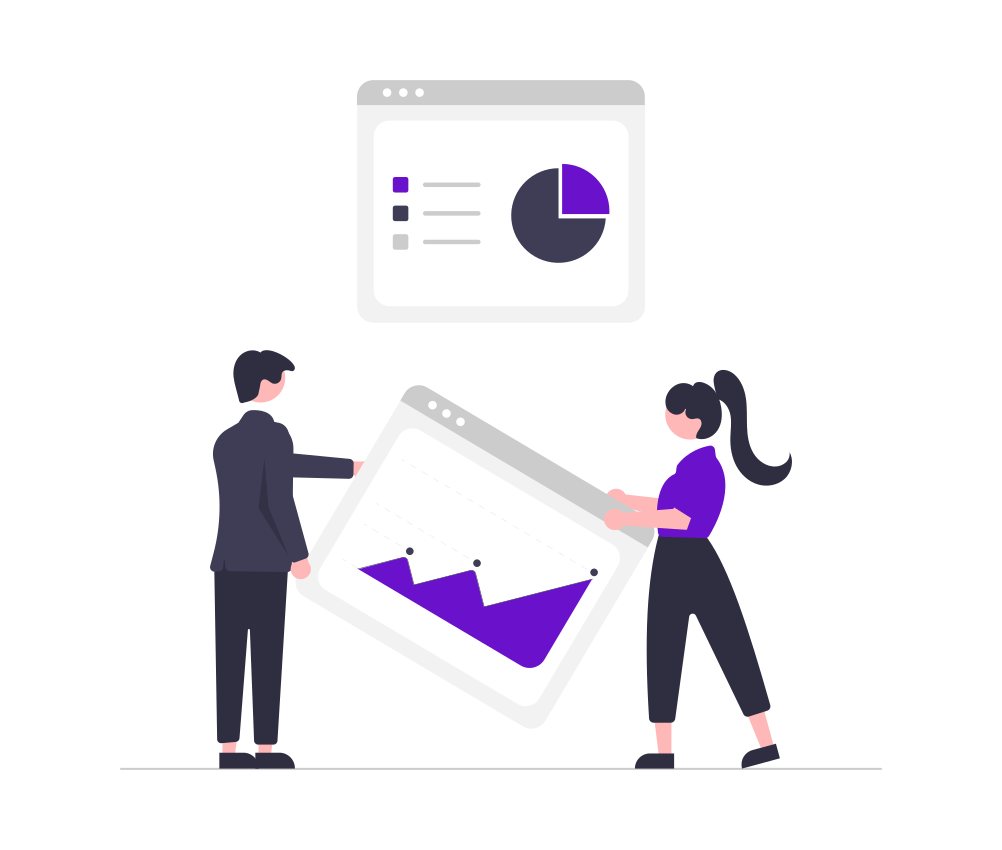In the SaaS industry, the relationship with a customer doesn't end with the initial sale. In fact, retaining customers and maximizing their lifetime value (LTV) is crucial for long-term success. Post-purchase Account-Based Marketing (ABM) strategies can help maintain and deepen these relationships, ensuring customers stay engaged and continue to see value in your offerings. Here are effective ABM strategies to optimize customer retention and maximize LTV in the SaaS sector.
The Importance of Customer Retention
Customer retention is vital for SaaS companies for several reasons:
- Cost Efficiency: Acquiring new customers is often more expensive than retaining existing ones.
- Revenue Stability: Retained customers provide a steady revenue stream through renewals and upsells.
- Brand Advocacy: Satisfied customers are more likely to refer others, acting as brand ambassadors.
Post-Purchase ABM Strategies
1. Onboarding and Training
Why it Matters: A strong onboarding process ensures customers understand and can effectively use your product, leading to higher satisfaction and lower churn rates.
Action Steps:
- Develop a comprehensive onboarding program that includes tutorials, webinars, and personalized training sessions.
- Assign dedicated customer success managers (CSMs) to guide new customers through the onboarding process.
- Use automated check-ins and surveys to gather feedback and address any issues early on.
2. Regular Check-Ins and QBRs (Quarterly Business Reviews)
Why it Matters: Regular interactions keep customers engaged and provide opportunities to address concerns and showcase value.
Action Steps:
- Schedule regular check-ins with customers to discuss their usage, goals, and any challenges they might be facing.
- Conduct Quarterly Business Reviews to review the customer's progress, highlight successes, and plan future goals.
- Use these meetings to introduce new features and functionalities that could benefit the customer.
3. Personalized Customer Support
Why it Matters: Personalized support ensures customers feel valued and helps resolve issues quickly, leading to greater satisfaction and loyalty.
Action Steps:
- Implement a tiered support system that provides priority assistance to high-value accounts.
- Use customer data to personalize support interactions, understanding their specific needs and history.
- Offer multiple support channels (e.g., chat, email, phone) to ensure customers can reach you in their preferred way.
4. Customer Education and Resource Center
Why it Matters: Providing ongoing education helps customers get the most out of your product and discover new ways to utilize it effectively.
Action Steps:
- Create a resource center with articles, videos, and best practice guides tailored to different user roles and industries.
- Host regular webinars and workshops to keep customers informed about new features and industry trends.
- Develop a community forum where customers can share insights and solutions with each other.
5. Customer Feedback Loop
Why it Matters: Listening to customers helps you understand their needs and improve your product, fostering loyalty and satisfaction.
Action Steps:
- Implement regular surveys and feedback forms to gather customer insights.
- Analyze feedback to identify common pain points and areas for improvement.
- Communicate how customer feedback has influenced product updates and changes.
6. Upsell and Cross-Sell Campaigns
Why it Matters: Strategically upselling and cross-selling can enhance customer value and satisfaction by addressing additional needs.
Action Steps:
- Use customer data to identify opportunities for upselling and cross-selling relevant products or features.
- Personalize recommendations based on the customer’s usage patterns and business needs.
- Train your sales and customer success teams to recognize and act on these opportunities during interactions.
7. Customer Loyalty Programs
Why it Matters: Loyalty programs reward customers for their continued business and encourage long-term retention.
Action Steps:
- Develop a tiered loyalty program that offers incentives such as discounts, exclusive content, and early access to new features.
- Promote the program through personalized marketing campaigns to ensure customers are aware of the benefits.
- Regularly review and update the program to keep it attractive and relevant.
8. Data-Driven Customer Insights
Why it Matters: Leveraging data allows for more precise and effective customer engagement strategies.
Action Steps:
- Use analytics tools to track customer behavior and engagement metrics.
- Segment customers based on their usage patterns, industry, and other relevant factors.
- Tailor your retention strategies to each segment, addressing their unique needs and challenges.
Conclusion
Optimizing customer retention in SaaS through post-purchase ABM strategies requires a strategic and personalized approach. By focusing on onboarding, regular check-ins, personalized support, ongoing education, and leveraging data-driven insights, SaaS companies can enhance customer satisfaction, reduce churn, and maximize lifetime value. Implementing these strategies will not only strengthen customer relationships but also drive long-term growth and success.


